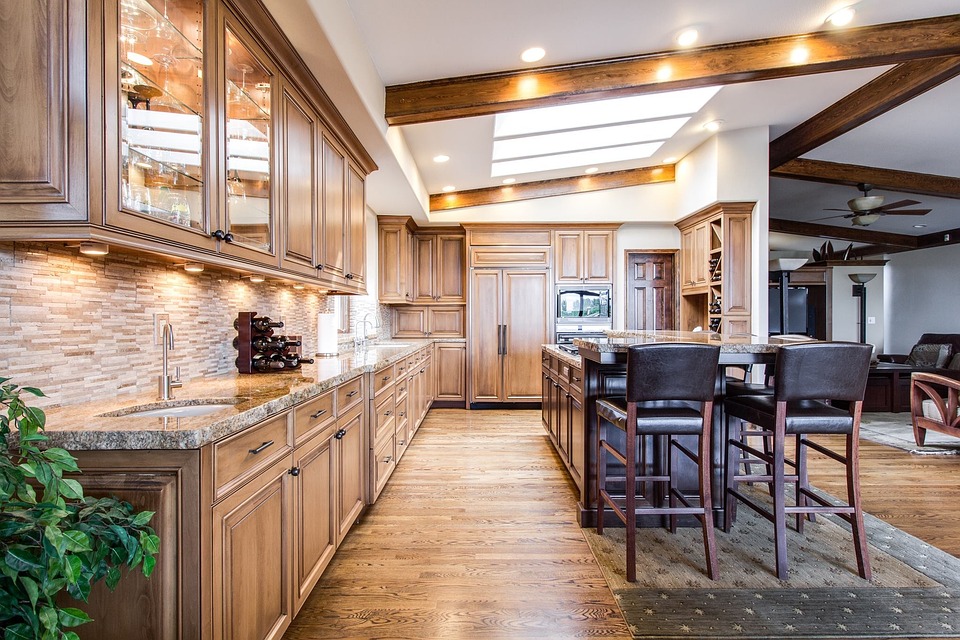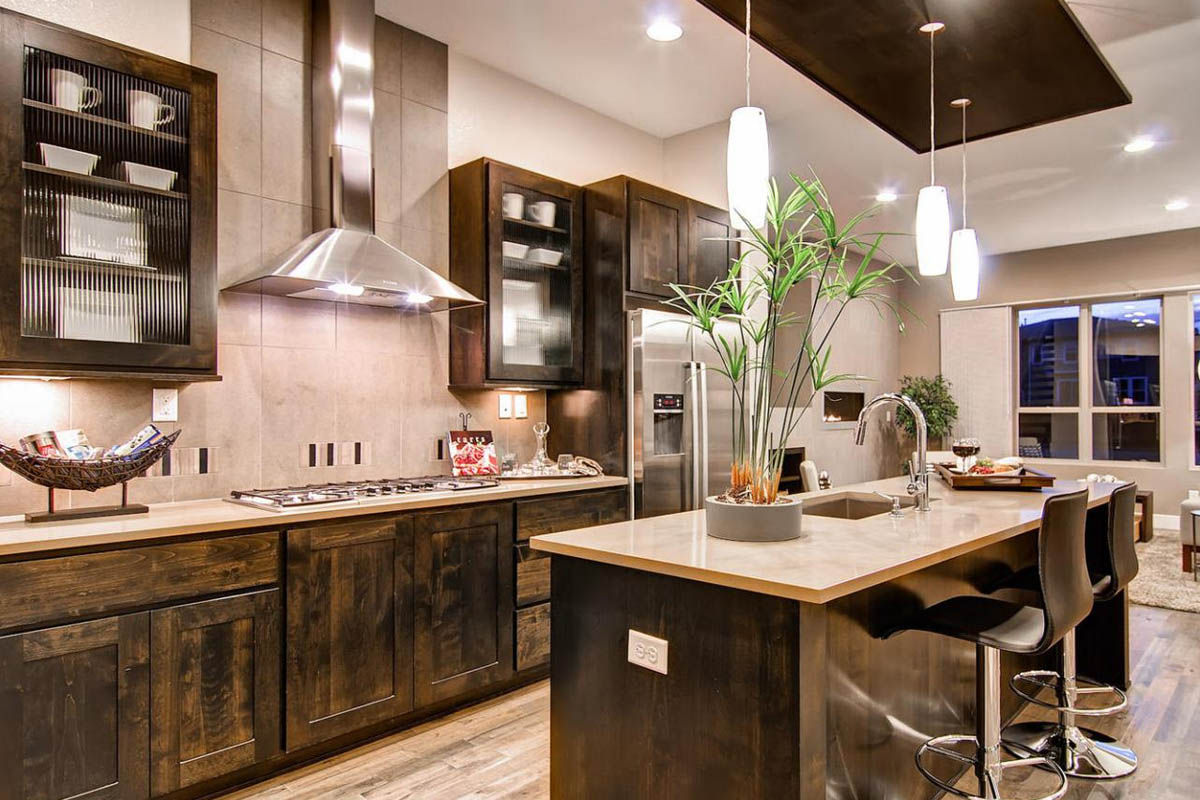Kitchen Chronicles A Comprehensive Exploration of Design, Functionality, and Culinary Creativity
The kitchen, often hailed as the heart of the home, is a space where culinary creativity meets daily functionality. In this comprehensive exploration, we delve into the rich history, design principles, and modern innovations that make the kitchen a dynamic hub for both culinary enthusiasts and families alike.
The Roots of Culinary Spaces: From Hearth to High-Tech
In ancient times, kitchens were centered around the hearth, where open flames provided the means for cooking. The simplicity of early kitchens reflected the basic necessities of food preparation, with the hearth serving as a gathering point for the family and community.
Medieval Kitchens: Expanding Culinary Horizons
Medieval kitchens, often located in separate buildings for safety reasons, saw the introduction of more advanced cooking tools such as ovens and cauldrons. The use of herbs and spices became more widespread, marking a shift towards a richer and more diverse culinary landscape.
Renaissance to Victorian Eras: Kitchens as Functional Spaces
During the Renaissance, the kitchen began to emerge as a more specialized space within the home. The separation of the kitchen from living quarters allowed for improved hygiene and organization. Innovations like the brick chimney improved ventilation, making cooking spaces more comfortable.
Victorian Opulence: Ornate Kitchens for Elaborate Meals
The Victorian era saw kitchens becoming more elaborate and ornate, reflecting the societal emphasis on entertaining and elaborate meals. Rich woodwork, detailed cabinetry, and the introduction of cast iron cookstoves marked this period as kitchens transformed into both functional and aesthetically pleasing spaces.
The 20th Century Kitchen Revolution: Efficiency and Innovation
The Industrial Revolution brought about a paradigm shift in kitchen design. Mass production techniques, powered by machinery, made kitchen appliances such as stoves, refrigerators, and dishwashers more accessible. The Victorian era saw the rise of intricate designs and the use of materials like cast iron, reflecting the era’s fascination with ornamentation.
Mid-Century Modern: Streamlining and Functional Design
The mid-20th century embraced a design ethos that focused on simplicity, functionality, and clean lines. Mid-century modern kitchens were characterized by minimalist cabinetry, sleek surfaces, and innovative storage solutions, reflecting a desire for efficiency and practicality.
Contemporary Kitchen Design Principles
Modern kitchens often embrace open-concept layouts, blurring the lines between cooking and living spaces. This design principle enhances social interaction, allowing the kitchen to become a central gathering point for family and guests.
Ergonomics and Efficiency: Streamlining Workflows
Efficiency and ergonomics are paramount in contemporary kitchen design. The layout is carefully planned to minimize unnecessary movement during cooking, with a focus on creating a seamless workflow from prep to cleanup. Ergonomically designed appliances and fixtures contribute to a more comfortable cooking experience.
As environmental consciousness grows, sustainability has become a key consideration in modern kitchen design. From energy-efficient appliances to eco-friendly materials for cabinetry and countertops, homeowners are increasingly opting for green solutions that minimize the environmental impact of their kitchens.
Kitchen Trends: Aesthetic and Technological Innovations
The rise of smart homes has extended to the kitchen, with the integration of technology into appliances and fixtures. Smart refrigerators, touchless faucets, and voice-activated assistants are just a few examples of how technology is enhancing the functionality and convenience of modern kitchens.
Two-Tone Cabinetry: A Splash of Contrast
Contemporary kitchens are embracing the trend of two-tone cabinetry, where upper and lower cabinets are painted or finished in different colors. This adds visual interest and a touch of personality to the kitchen, creating a stylish and dynamic aesthetic.
Statement lighting fixtures have become a focal point in modern kitchens. Pendant lights, chandeliers, and unique fixtures not only provide functional illumination but also contribute to the overall design aesthetic, adding a touch of sophistication and style.
Future Trends: Innovations Shaping the Kitchens of Tomorrow
The future of kitchens lies in further integration of smart technology. Smart appliances that communicate with each other, touchless interfaces, and advancements in connectivity are poised to make kitchens even more intuitive and user-friendly.
Sustainable Practices: A Growing Imperative
As environmental awareness continues to rise, the future of kitchen design will likely see an increased emphasis on sustainable practices. From energy-efficient appliances to materials with low environmental impact, eco-friendly choices will shape the kitchens of tomorrow.
In conclusion, the kitchen has evolved from a practical cooking space to a dynamic hub that blends aesthetics, functionality, and technological innovation. From the hearths of ancient times to the smart kitchens of the future, each era has left its mark on the design and function of this essential space. As we continue to embrace new technologies and design philosophies, the kitchen remains a canvas for culinary creativity and a reflection of our evolving lifestyles.



